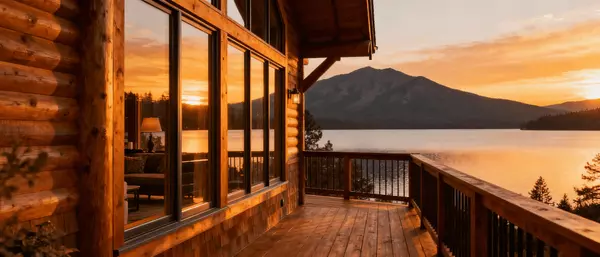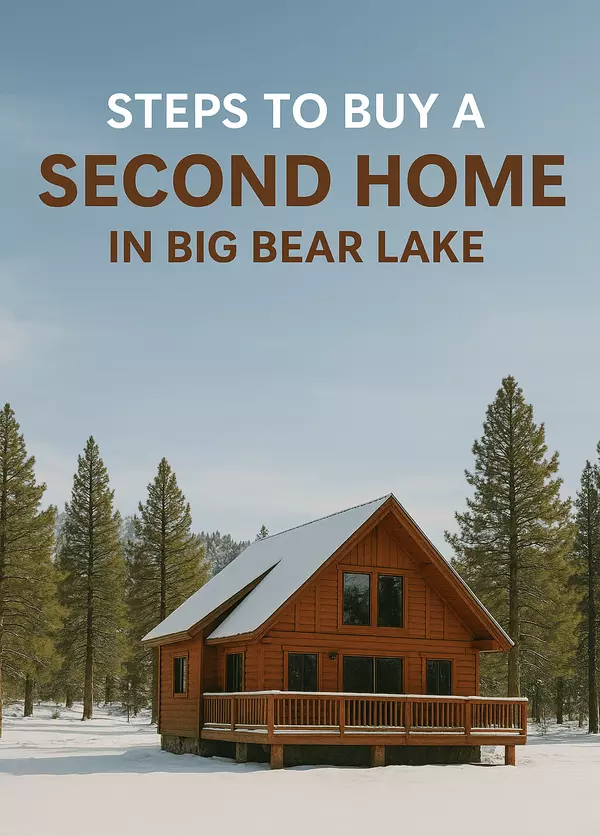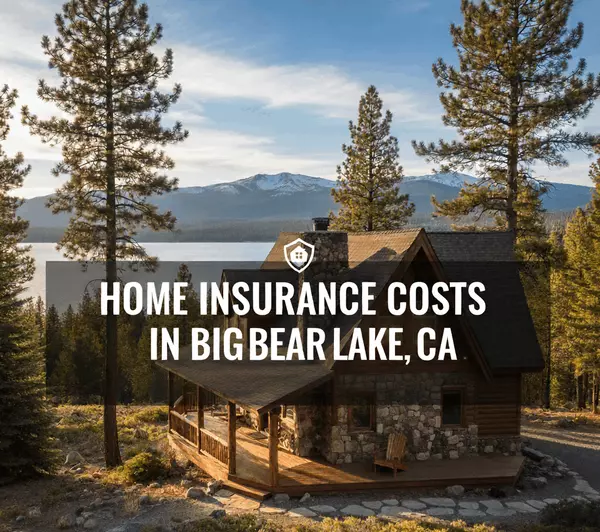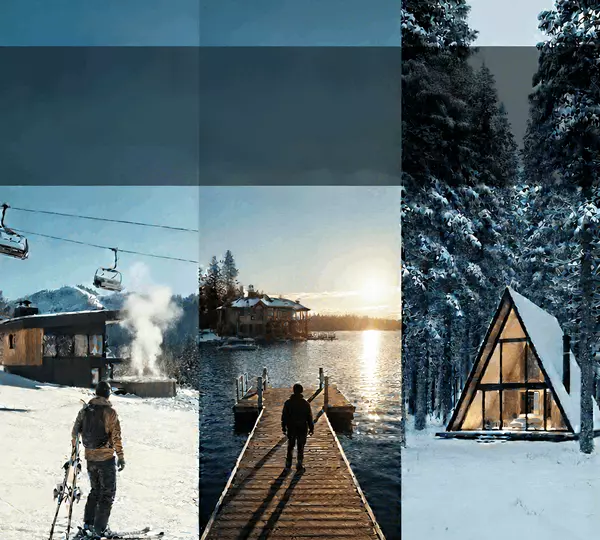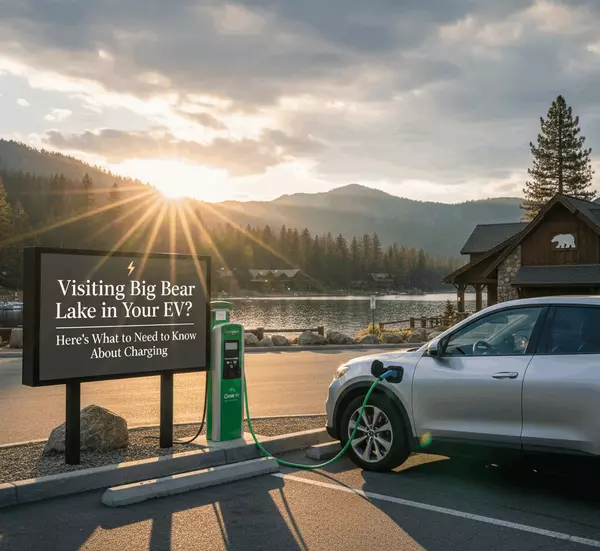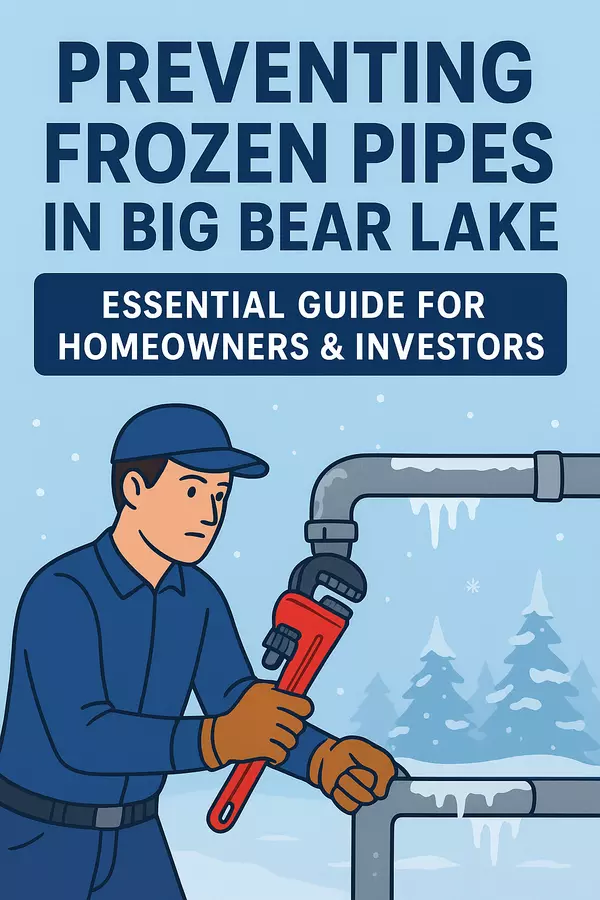Preventing Frozen Pipes in Big Bear Lake: Essential Guide for Homeowners & Investors
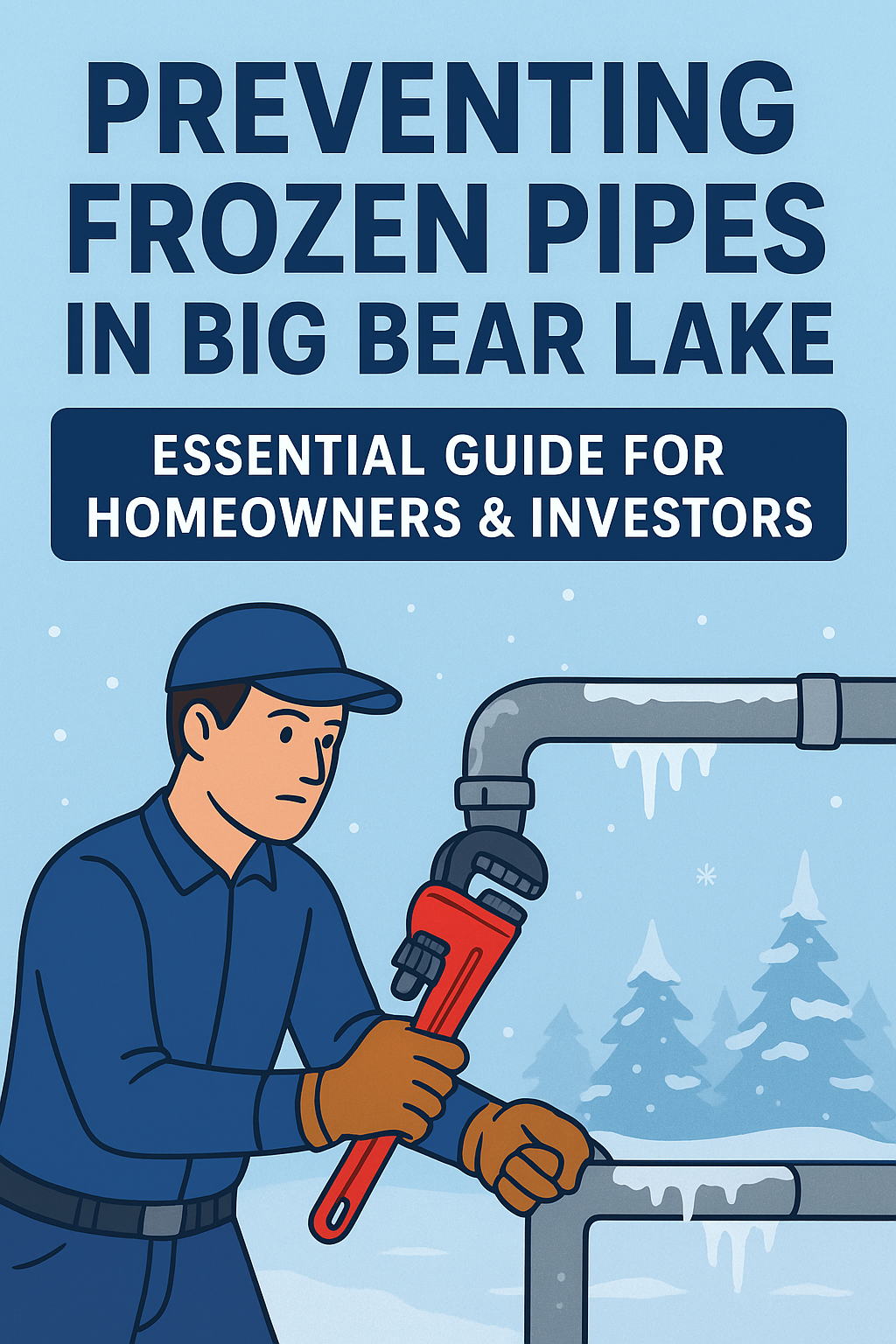
Living—or investing—in Big Bear Lake means enjoying four beautiful seasons, but it also means preparing for harsh winters where temperatures often dip below 20°F. One of the most common (and costly) winter problems here is frozen pipes. When water inside pipes freezes, it expands and can cause cracks or full-on bursts, leading to flooding, water damage, and thousands in repairs.
As a top rated realtor in Big Bear Lake, I’ve seen firsthand how frozen pipes not only damage homes but also hurt property values. Whether you’re a full-time resident, a vacation homeowner, or an investor with rental properties, winterizing your home is essential for protecting your investment.
Why Frozen Pipes Are a Big Deal in Big Bear
Big Bear’s elevation and rapid cold snaps make pipes especially vulnerable—particularly in older cabins or vacation homes left vacant during winter. Here’s why this matters:
-
Costly Repairs: Burst pipes can leak gallons of water per minute, destroying floors, walls, and electrical systems. Plumbing fixes alone often cost $5,000+, not including water damage remediation.
-
Mold & Health Risks: Untreated water damage creates mold, which can cause respiratory issues and long-term structural problems.
-
Impact on Property Value: Buyers are wary of hidden damage. Frozen pipe incidents can lower offers by 5–10% or even stall a sale.
Step-by-Step Prevention Tips for Big Bear Lake Homes
To avoid expensive surprises, I recommend winterizing before November. Here’s a proven plan tailored to Big Bear properties:
1. Shut Off & Drain Water Lines
-
Locate your stop and drain valve (usually outside or under sinks).
-
Shut it off with a T-bar key and drain interior lines.
-
Flush toilets and run faucets until dry.
-
Add antifreeze to drains and toilets for extra protection.
2. Insulate Exposed Pipes
-
Wrap pipes in crawl spaces, attics, or exterior walls with foam sleeves or heat tape.
-
Seal cracks and gaps with caulk or weather stripping to keep cold air out.
3. Winterize Outdoor Systems
-
Disconnect hoses and drain irrigation systems (Big Bear DWP requires this from Nov 1 – Apr 1).
-
Use frost-proof covers on hose bibs.
4. Maintain Heat & Circulation
-
Keep thermostats set to at least 55°F, even when away.
-
Open cabinet doors under sinks to let warm air circulate.
-
During extreme cold, allow faucets to drip slowly to keep water moving.
5. Schedule Professional Checks
-
Have a plumber inspect your system before winter.
-
Clean gutters to prevent ice dams and roof leaks.
Real Estate Insight: Protecting Your Investment
In Big Bear Lake, where median home prices hover around $600,000, protecting your property from frozen pipes is more than maintenance—it’s preserving equity.
-
For Sellers: Documenting winterization helps buyers feel confident and can increase offers.
-
For Buyers: Always ask about a home’s winter prep history.
-
For Investors & Vacation Rentals: Damage can mean lost rental income during peak ski season, making prevention critical.
What To Do If Pipes Freeze
If you suspect frozen pipes (low water pressure, strange noises):
-
Shut off the main water supply.
-
Warm pipes gently with a hairdryer or warm towels (never an open flame).
-
Call a local plumber—We have a list of vendors for all of your needs.
-
Document everything for insurance claims.
Final Thoughts
Preventing frozen pipes isn’t just about avoiding inconvenience—it’s about safeguarding your home’s value in one of California’s most sought-after mountain destinations.
As Brad King, top rated realtor with the Bradford King Group, I help homeowners and investors protect their properties and maximize value. Whether you’re buying, selling, or maintaining a Big Bear home, proactive winterization will save you time, stress, and money.
👉 Need more local homeowner tips—or thinking about buying or selling in Big Bear Lake?
Call me at (909) 633-4559 or visit bradfordkinggroup.com.
Categories
Recent Posts
